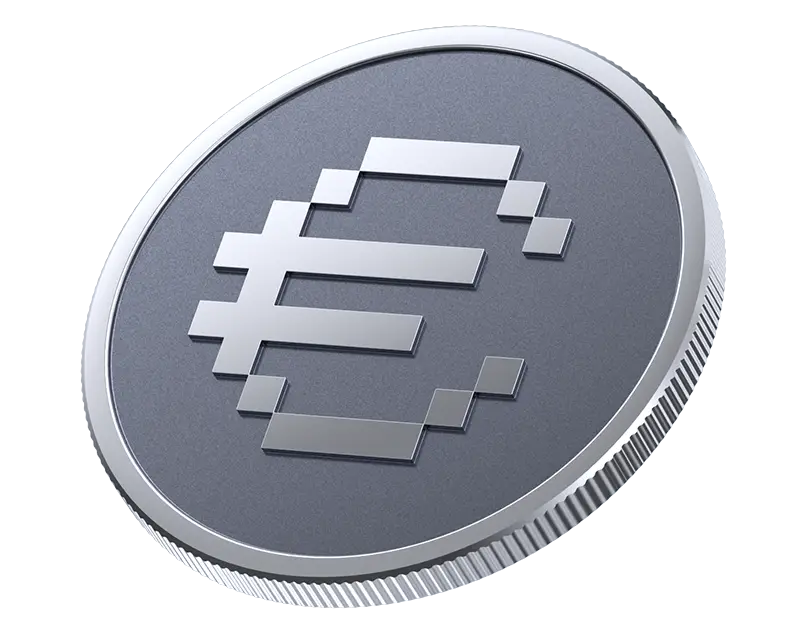Stablecoins are desperately needed, as seen by the developing digital financial scene, which has a total market capitalization of over over 140 billion EUR. They are essential to the cryptocurrency industry because they can store value during times of extreme volatility, make it easier for capital to move between exchanges, and allow for quick, inexpensive cross-border transactions. This is especially helpful in nations with high rates of inflation, as stablecoins can provide a reliable and easily available alternative to fiat money. Above all, they make possible a number of the most exciting DeFi applications.
Stablecoins as they exist today have drawbacks despite their apparent advantages. The two most often used ones, USDT (Tether) and USCD, rely on a single issuer. There are issues with openness and confidence arising from this. For instance, a group of businesses that own USDC has the authority to freeze money and add addresses to a blacklist. Furthermore, contrary to popular belief, the DAI, the most well-known decentralized stablecoin, is not very decentralized. It depends on oracles that might be influenced by players outside the system.
